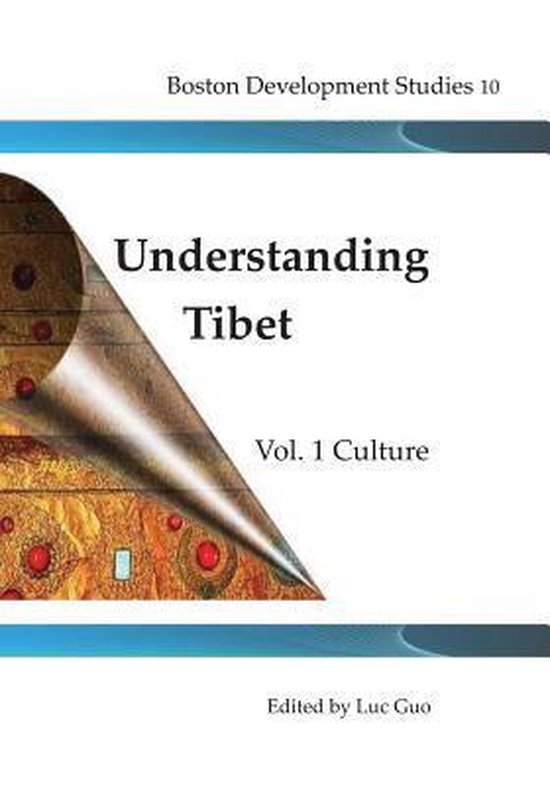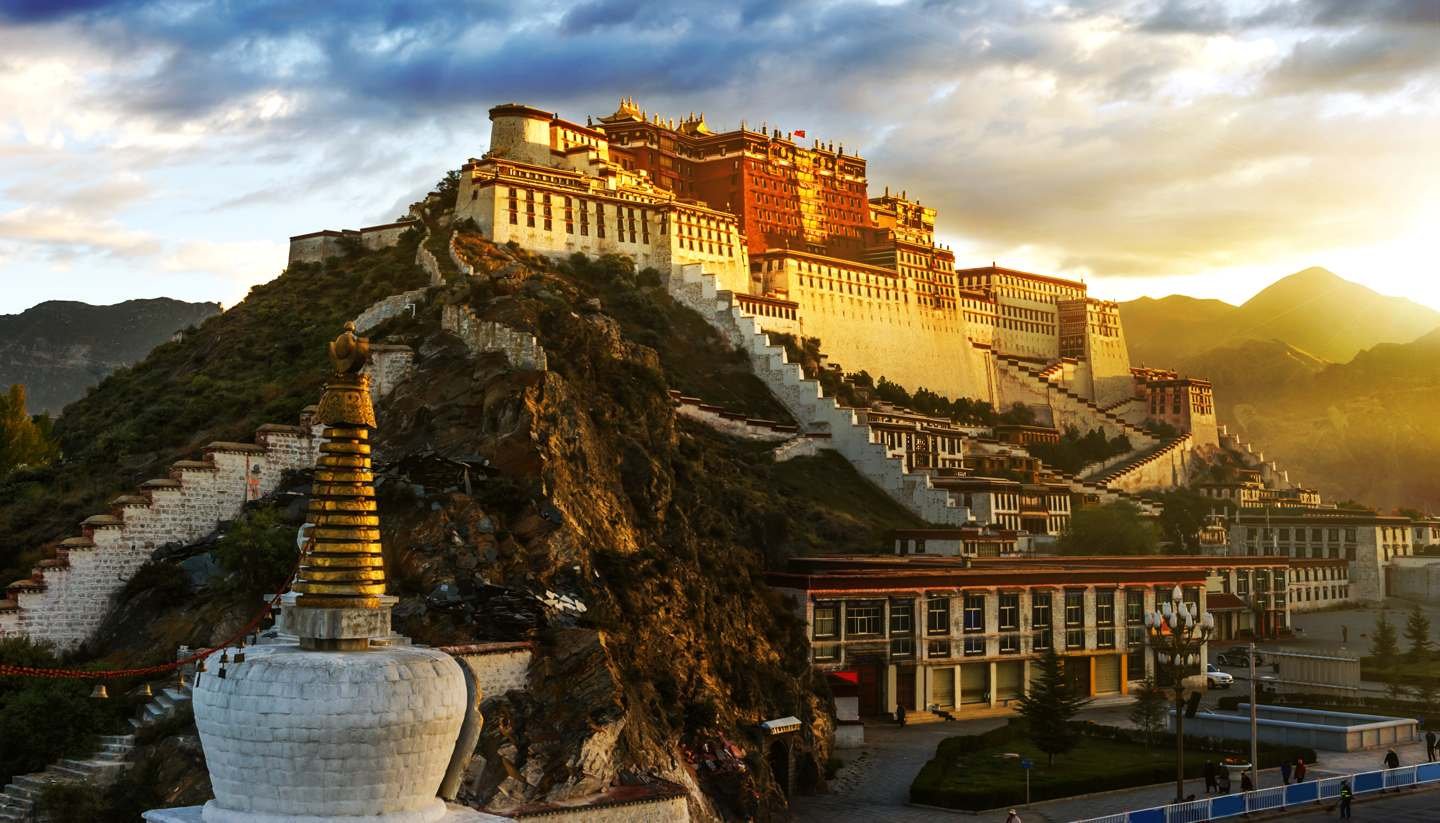Understanding Tibet’s Travel Restrictions: What You Need To Know

Tibet, an autonomous region of China, holds a captivating blend of unique culture, breathtaking landscapes, and spiritual significance. However, due to its complex political and historical context, travel to Tibet is subject to certain restrictions and regulations that differ from mainland China. Understanding these restrictions is essential for planning a successful and hassle-free journey to this remarkable region.

Tibet Travel Permit:

Prior to embarking on your Tibetan adventure, it is mandatory to obtain a Tibet Travel Permit (TTP). This permit serves as your official authorization to enter and travel within Tibet. Issued by the Tibet Tourism Bureau, TTPs are categorized into two types:
a) Group Permit: Specifically designed for organized group tours led by a registered Tibetan tour operator.
b) Individual Permit: Designed for independent travelers or small groups who prefer a more personalized and flexible exploration of Tibet.
Both Group and Individual Permits require specific documentation, including a valid passport, a Chinese visa, and a completed application form. Processing times can vary, so it is advisable to initiate the application process well in advance of your intended travel dates.
Guided Tour Requirement:
As part of the TTP regulations, all foreign visitors must be accompanied by a licensed Tibetan tour guide throughout their journey in Tibet. This regulation ensures a culturally sensitive and enriching experience for travelers while safeguarding the region’s unique heritage and customs.
Tour guides play a pivotal role in providing insights into Tibet’s history, culture, religion, and traditions. They facilitate communication with locals, ensure smooth navigation through checkpoints and border crossings, and create a more authentic and immersive experience for visitors.
Restricted Areas:
Certain areas in Tibet are designated as restricted or sensitive and may require additional permits or special authorization for access. These areas often hold strategic military or cultural significance and may be subject to heightened security measures.
Restricted areas can vary and may include specific regions along the border with Nepal and India, certain religious sites, or areas deemed sensitive due to political or historical considerations. Prior investigation and coordination with your tour operator are crucial to ensure seamless passage through these restricted zones.
Checkpoints and Security Checks:
Tibet maintains a network of checkpoints and security installations, particularly along major roads and at entry and exit points. Travelers should anticipate encounters with these checkpoints, where officials may inspect travel documents, permits, and identification.
It is important to cooperate with security personnel and provide necessary documentation. Maintaining a respectful and courteous demeanor can contribute to a smooth and positive interaction during these checks.
Cultural Sensitivity and Respect:
Tibet’s rich cultural and religious heritage is an integral part of its identity. As a visitor, it is essential to approach interactions with locals, visits to sacred sites, and participation in cultural activities with respect and understanding.
Observing local customs, refraining from disrespectful behavior, and seeking guidance from your tour guide on appropriate conduct can ensure a meaningful and respectful engagement with Tibetan culture.
Limited Infrastructure and Connectivity:
Compared to major cities in mainland China, Tibet has a less developed infrastructure. While major towns and cities offer a range of amenities, smaller villages and remote areas may have limited facilities and connectivity.
Travelers should be prepared for potential disruptions in internet access, fluctuations in electricity supply, and variations in road conditions. Adaptability and flexibility are key to navigating these challenges and fully embracing the unique experiences Tibet offers.
Altitude and Health Considerations:
Tibet’s high altitude can pose challenges to some travelers. Acclimatization to the thinner air is essential to avoid altitude sickness. It is advisable to ascend gradually, stay hydrated, and be mindful of physical exertion during the early stages of your journey.
Consult with your physician if you have pre-existing medical conditions or concerns. Carrying appropriate medications and maintaining a healthy lifestyle can help mitigate altitude-related issues.
Understanding Tibet’s travel restrictions and regulations is paramount for a successful and enriching journey. With careful planning, obtaining the necessary permits, respecting local customs, and embracing the unique challenges and opportunities that Tibet presents, travelers can embark on an unforgettable adventure in this captivating

